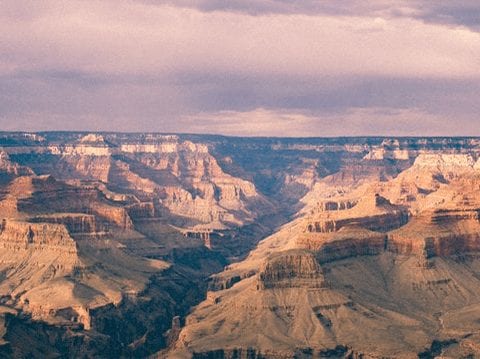Geologists Discover Pieces of the Grand Canyon in Tasmania
Imagine discovering you had a twin, only this twin is on a completely different continent. Now imagine you’re a giant rock formation and one of the United States’ beloved landmarks. That’s right – the Grand Canyon has a twin, only this rock formation is located over 8,000 miles away from Arizona in Tasmania, Australia.
Geologists at Monash University in Melbourne decided to investigate a group of rocks that study author Jack Mulder claims “always looked a little out of place,” according to IFLScience.com. The study, recently published in Geology, concludes that, based on the rocks’ similar stratigraphy, depositional age, and detrital zircon U-Pb age distribution and Hf isotope composition, these two formations were once one and the same. But how is this possible? Enter Rodinia – supercontinent scientists believe existed between 1.1 billion and 750 million years ago.
“Our research aimed to understand the position of Tasmania within the supercontinent Rodinia by studying the ancient rocks that formed the rugged mountains and coastlines of western Tasmania,” Mulder said. “We showed that these sedimentary rocks were originally layers of sand and mud in a shallow sea around one billion years ago during the time of Rodinia.”
This study not only showed a connection between Tasmania’s rock formation and the Grand Canyon but also to a series of small continental fragments in Antarctica, which “can helps us better understand where [the seven continents we are familiar with today] were located relative to other continents billions of years ago,” Mulder concluded.














